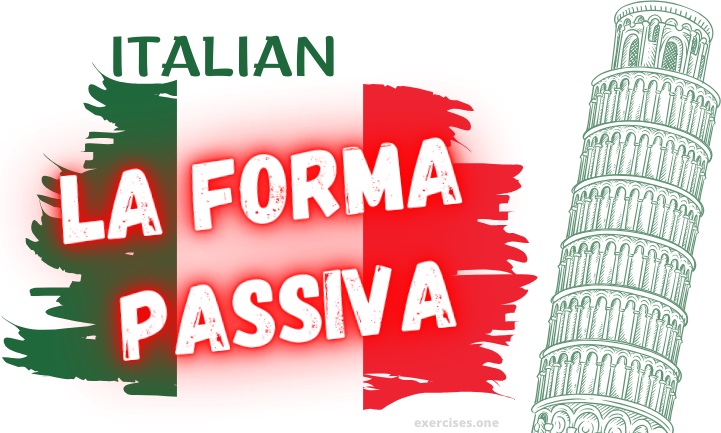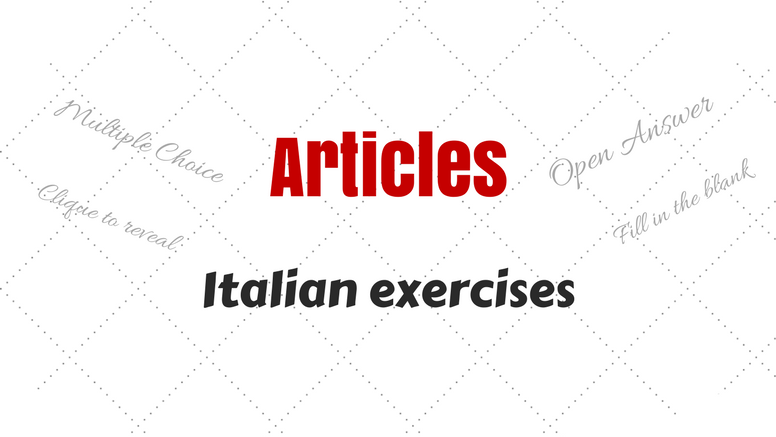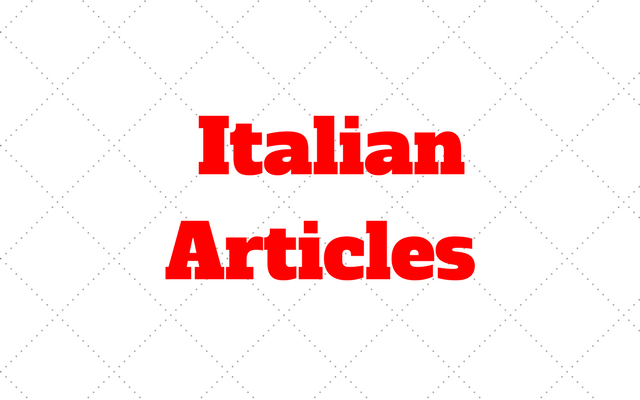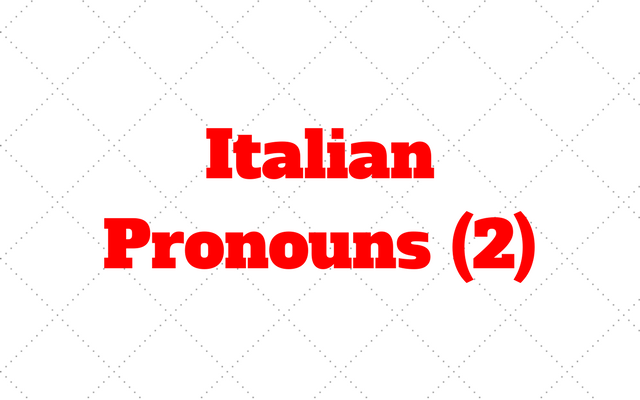
Buongiorno, caro studente! Today, we will embark on a fascinating journey through the intricacies of the Italian passive form.
La forma passiva is an essential component of the Italian language, and mastering it will significantly enhance your ability to communicate more effectively and diversely.
As we delve into various exercises, sentences, and short texts, you will learn how to construct sentences in the passive voice, understand their usage, and appreciate their beauty in storytelling and description.
Pay close attention, and practice diligently, and you will find that the Italian passive form will become a valuable tool in your linguistic repertoire. Andiamo, cominciam!

1) Put the Sentences in the Correct Order – Italian Passive Form
a) è / da / la / stata / Marta / scritta / lettera
La lettera è stata scritta da Marta.
2) Can you Translate these Sentences? Italian Passive Form Exercises
a) The cake was made by my mother.
La torta è stata fatta da mia madre.
3) Practice your Vocabulary
a) To be – Made – Found
Essere – Fatto – Trovato
4) Practice Your Writing by Translating these Small Texts Taking the Italian Passive Form into Consideration
5) About Italian Passive Form, Write the Questions to the Answers
a) Il libro è stato scritto da Giorgio. (Da…)
Da chi è stato scritto il libro?
Bravissimo! You have done an excellent job today, and I can see that your understanding of the Italian passive form has deepened significantly.
We have covered a range of exercises, from rearranging sentences and translating them, to expanding your vocabulary associated with the passive voice and even translating small texts to see how it works in context.
Remember, the passive form is not just a grammatical structure; it is a way to bring variety and richness to your expression in Italian.
Continue to practice, immerse yourself in the language, and soon you will find yourself using the passive form naturally and confidently. Great work today, and keep up the fantastic effort! Alla prossima lezione!









